- Home
- Test Instruments
- Nonelectrical Properties Testing
.....Read More

Adhesion Testers & Accessories
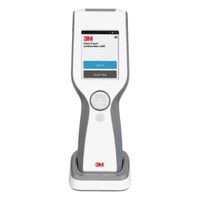
Cleaning Efficiency Meters & Accessories
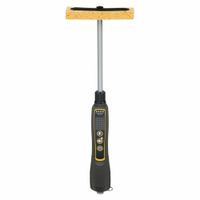
Coating Pin Hole Detectors
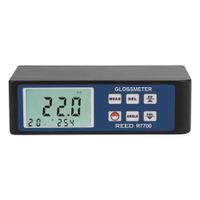
Color Analyzers

Conductivity Level Equipment
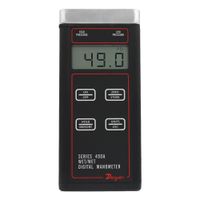
Hydronic Manometers

Instrument Training
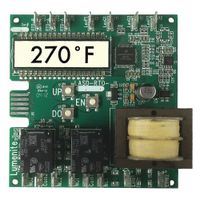
Liquid Level & Temperature Controls
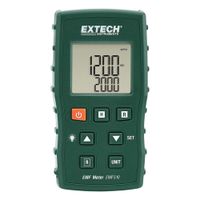
Magnetic Field Meters

Milk Pasteurization Testers & Accessories
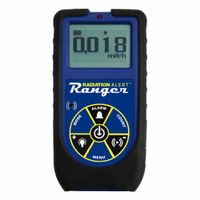
Radiation Detectors & Accessories

Samplers

Soluble Salt Testers & Accessories
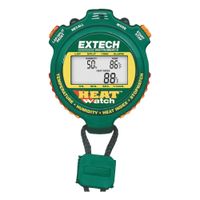
Stopwatches & Timers
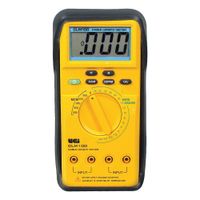
Wire Length Meters
Frequently Asked Questions
What is a cleaning efficiency meter and how does it work?
How do stopwatches and timers help in measuring events?
What types of radiation can radiation detectors measure?
How do hydronic manometers function in heating systems?
What are the applications of magnetic field meters?
How is adhesion force measured with adhesion testers?
How does conductivity level equipment monitor fluid levels?
Why is instrument training important for equipment use?
How do milk pasteurization testers ensure proper pasteurization?
What is the principle behind wire length meters using resistance?